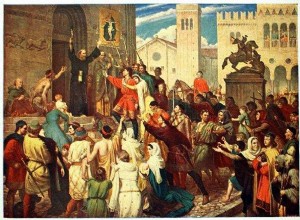If return is not possible, you will sleep for all eternity. What was the funeral like in ancient Greece? How long was the mourning? Was it possible to bribe Cerberus with sweets? Lets follow the ceremonial stages - prothesis, ekphora and perdeipnon to find out how the Greeks said goodbye to their lo




